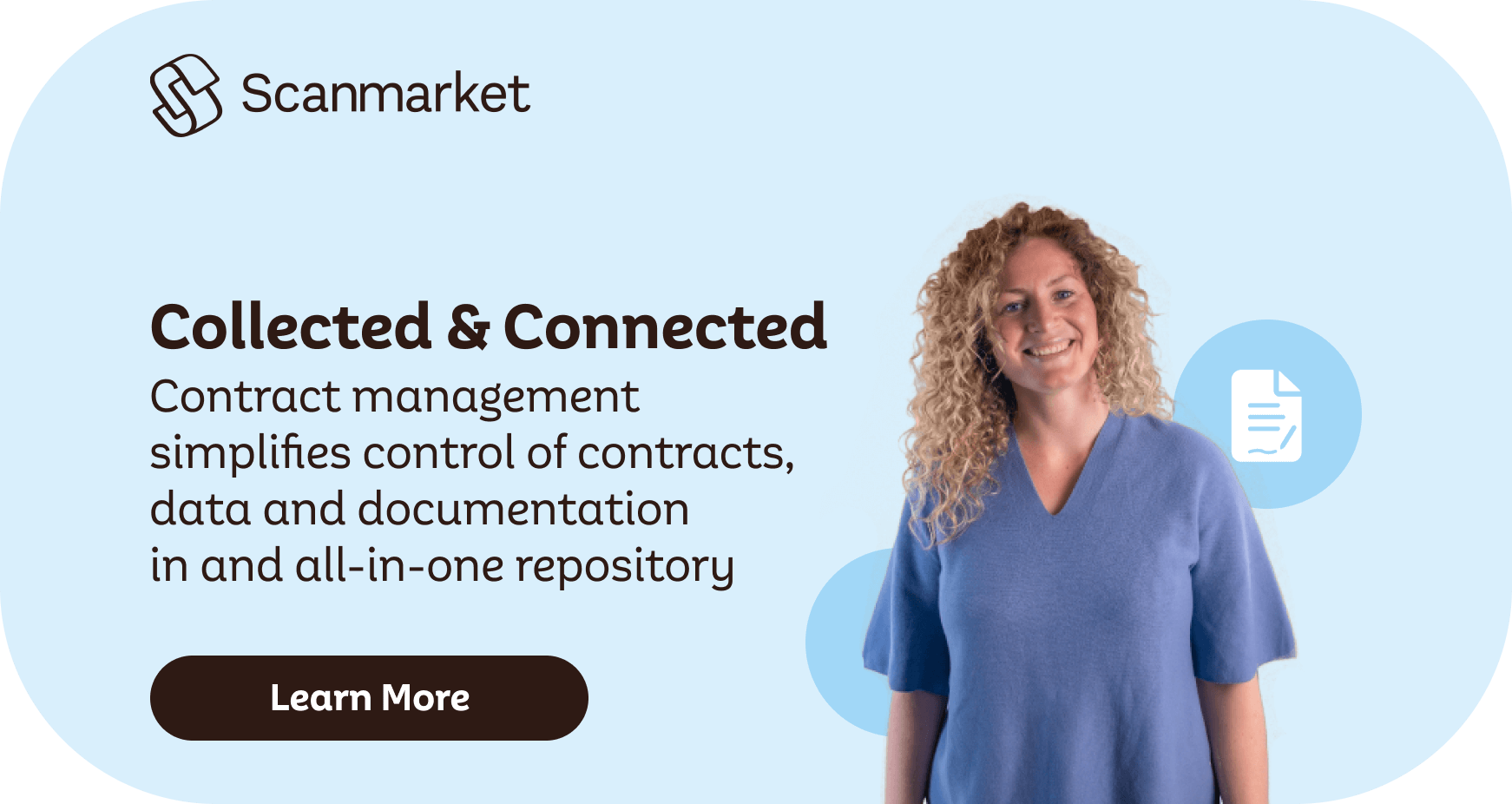Life cycle management (LCM) is a management method that incorporates a holistic approach to improve sustainability and value chain management for businesses and organizations by bringing together operations and tools.
When you think about life cycle management, you may consider it in terms of your business or industry. There are many different types of life cycle management including product lifecycle management (PLM), application lifecycle management (ALM) and contract lifecycle management (CLM). However, the true concept of LCM is to help businesses evaluate their sustainability practices in terms of products and services.
However, the one thing they all have in common, is their comprehensive end to end management system and governance throughout every single stage of the process.
The philosophy behind such a structure of management is to streamline every stage in the life cycle of providing a product or service to maximize the value and sustainability. This includes organization and governance and tools that allow for regular analysis of data to understand the impact and value at each stage of the lifecycle and to help businesses aim for operational excellence whilst reducing their environmental and socio-economic burdens.
This comprehensive management approach can have numerous benefits for both larger corporations and SMEs to provide the stability in which to grow and give the strategic insights and coordinated planning required to maximize revenue, incorporate sustainable business practices, and identify and solve problems within your value chain.
Life cycle management means that cost, quality, and availability are no longer individual factors that businesses focus on but are taken into consideration as part of an overarching life cycle, allowing businesses to have an overview of either their product or service from the initial procurement or development stage, through to the end user or customer, simultaneously assessing the impact a product or service has on the environment and its social value.
Understandably, to create successful life cycle management within your business, regardless of the type, there are best practices you need to consider. Following these can provide the foundation for you to create the organization and integrate the tools required for a profitable and sustainable outcome.
Scope
The first thing to consider when implementing life cycle management into your business is the scope of what you are hoping to achieve. Life cycle management can be used across the entire business at company level, your entire portfolio or you can choose to focus on simply one product or service. This is also entirely dependent on the size and industry of your business. If you provide a product, you may or may not have much control over your supply chain, certainly for smaller businesses this may be an issue. Therefore it is important to concentrate on sustainability factors that are within your responsibility to change.
Finding the Right Tools
If you want to implement life cycle management into your business, then you need to have the right tools to support you. Your requirements and scope will necessitate the framework you have in place, but if you want to truly evaluate your sustainability and add value to your business, it is essential you establish the functionality and features needed to do so.
Data Analytics
As LCM relies heavily on assessment and evaluation of data there needs to be a comprehensive data analytics tool as part of your lifecycle management. There are many automated tools that can be utilized to help track and report performance and analysis of this data, especially at the sometimes granular level automated data analytics can provide, and is key to identify areas where sustainability can be improved and help improve the value of your products and services.
Centralized Platform
Having a single source of truth across your LCM is a key component to successful governance. This requires whatever system or tools you implement to have a centralized element. Having datasets from the LCM processes in one place can help decision making by enabling businesses organizations to plan for future sustainability strategies and performance by helping to predict any third-party or customer behavior, optimizing both financial and environmental obligations.
Procedural Tools
Due to the nature of life cycle management and the connection of different operations, policies, data and sometimes methods, it is imperative that you implement tools that are focused on auditing and procedure. An integrated approach means everything needs to be held accountable and by creating standard operating procedures you ensure a smoother process for any future alignment or implementation of sustainable business practices.
Ambition to improve is often the driving factor behind businesses switching to LCM. Wanting to find a solution to move forward on the three key aspects of life cycle management; economic, environment and social means there needs to be change from higher level management, as without the allocated resources, implementation of the tools and systems needed and a willingness to change business strategy, LCM will often fail. Lifecycle management is a commitment to improve the core operations of your business, but can have a positive impact on your business and the world as a whole. With businesses that commit to sustainability policies and practices becoming more attractive to the average consumer, you are unlikely to lose in pursuit of an improved value chain and sustainable business.
Benefits of Contract Lifecycle Management
If your business relies more on digital services than products, you may be thinking that a lot of this blog does not apply to you. However, from commercial agreements, to service contracts, all businesses and organizations rely on contracts as a key component of their business. Given the importance of contracts to businesses, there are advantages to be gained from effective contract lifecycle management and gaining control of end-to-end processes.
Contract lifecycle management software is a modern solution to the balancing of your economic and business needs with your environmental and social responsibilities. By taking advantage of the technological tools available to you, in this case, implementing an automated contract management system into your current business processes, you can successfully manage a sustainability model whilst improving on your own potential.
There is huge reliance by businesses on extended enterprise, or supplier eco-systems and therefore all businesses should have good contract management in place to support it. This becomes more important when trying to create a business that works for both you and the environment. This means there needs to be continual monitoring and evaluation of contracts and suppliers throughout the entire life cycle. End-to-end life cycle management is a requirement for businesses looking to reduce their impact on the environment without reducing value and this is where contract management software can be of huge benefit. By continually managing your contracts using automated processes, businesses are less likely to miss sustainability targets and by monitoring environmental KPI’s and analyzing operational data and workflows, there is a complete overview of a contract in regard to both financial and environmental terms.
Automated reporting features track valuable information, and trigger and event notifications can be set up for any specific event or milestone during a contract lifecycle. This helps businesses to have complete control over contracts and projects and helps with the end of a contract lifecycle, as contracts that are no longer considered eco-friendly will not be left to auto-renew and businesses can stay on top of timelines regarding renegotiating contracts and exit strategies. Some automated management software includes a complete revision history tool, tracking how procedures, regulations and management has changed over time. This can be a useful feature when applied to your eco-strategy.
By effectively using contract management software, either as a whole or as part of your contract management structure, you can take control over an often-disconnected system between various departments, which can allow for better resource planning as your business moves forward. Better resources allows for a higher amount of resources that can be directed towards a sustainability program.













